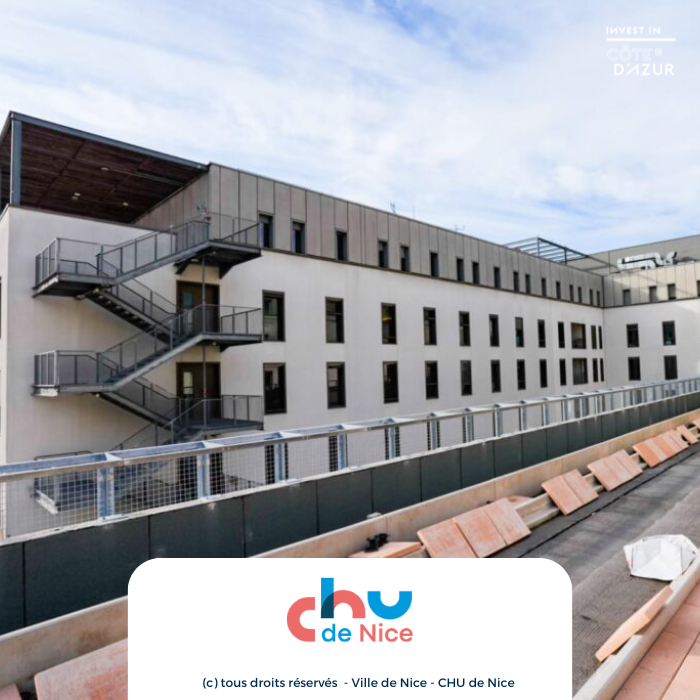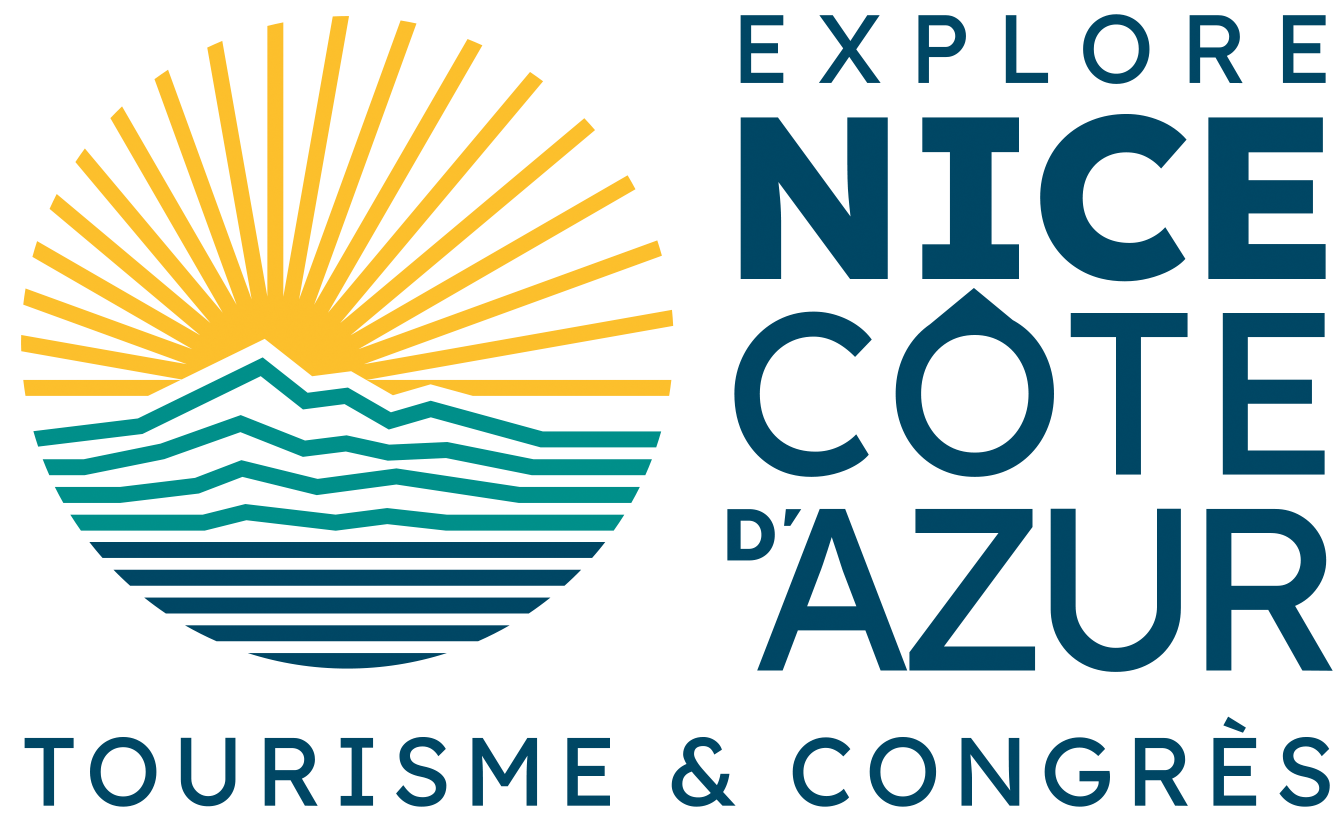
- The Mayor of Nice, Christian Estrosi, visited the Pasteur 2 construction site before presenting his New Year’s wishes to the staff of the Nice University Hospital (CHU de Nice), emphasizing the significance of this expansion for the city.
- With a budget of €145 million, the Pasteur 2 extension is set for completion by the end of February 2025, increasing the hospital’s total surface area to 130,000 m².
- The new infrastructure will feature 537 beds, 30 operating rooms, and the largest hyperbaric chamber in Europe, significantly enhancing the availability of specialized care.
- Innovation is at the heart of the project, with RespirERA for pulmonology, the RHU Rebone initiative for 3D bone reconstruction, and an integrated research unit closely linked to patient care.
A Cutting-Edge Infrastructure for Optimal Patient Care
Pasteur 2 represents a key milestone for the Nice University Hospital. With an investment of €145 million, this ambitious project aims to enhance healthcare services and modernize hospital facilities.
The hospital, set to welcome its first patients in the second half of 2025, will feature 537 full hospitalization beds and 30 operating rooms, including a hybrid room equipped with 3D reconstruction technologies for improved surgical precision.
A next-generation **hyperbaric chamber—the largest in Europe—**will also be operational, offering treatment for conditions such as gas embolisms and carbon monoxide poisoning.
A University Hospital Focused on Research and Innovation
Beyond infrastructure improvements, Pasteur 2 will include a high-level research center fully integrated into patient care.
The Hospital-University Institute RespirERA, specializing in pulmonology and oncology, will play a crucial role in advancing medical research in the region.
Additionally, the CHU de Nice is leading the RHU Rebone project, which focuses on the development of custom-made implants and prosthetics using 3D printing—a major breakthrough in orthopedic surgery.
A Responsive and Decentralized Medical Governance
Under the leadership of its General Director, Rodolphe Bourret, the Nice University Hospital has adopted a decentralized governance model, allowing medical division heads to make strategic decisions regarding equipment and hospital management. This approach improves agility and responsiveness to medical challenges.
An Influence Beyond Regional Borders
The expansion of the CHU de Nice aligns with a broader innovation and international collaboration strategy. The framework agreement signed in December 2024 with Saint Joseph University and Hôtel-Dieu de France in Beirut reflects the hospital’s commitment to expanding its cooperation network for knowledge sharing and medical research development.
With this extension, the Nice University Hospital strengthens its position as a leading hospital-university center, combining top-tier healthcare, cutting-edge research, and state-of-the-art equipment, thereby contributing to the healthcare ecosystem’s dynamism in the Nice Côte d’Azur Metropolis.
Source/More information: Nice 24
















